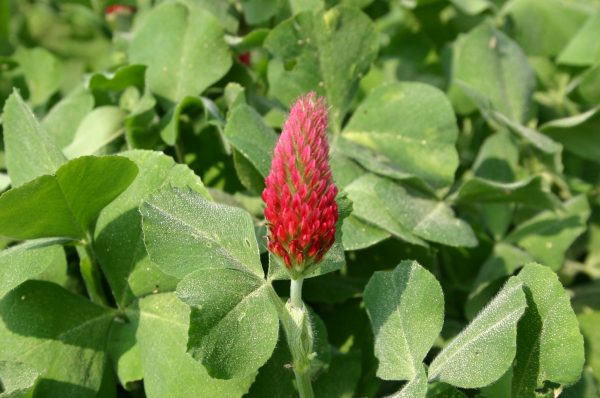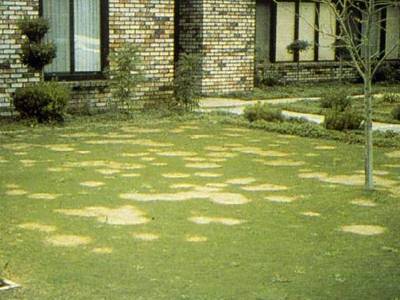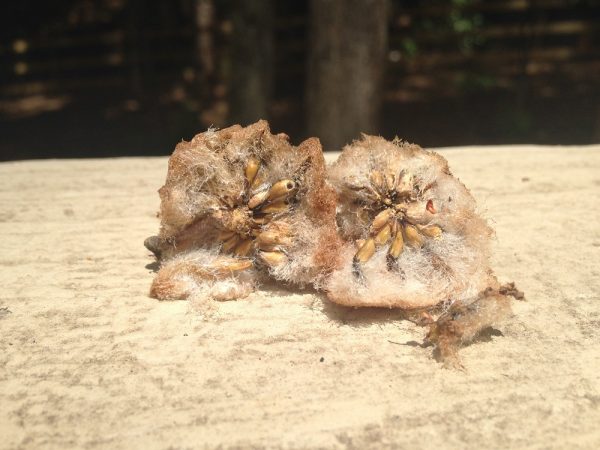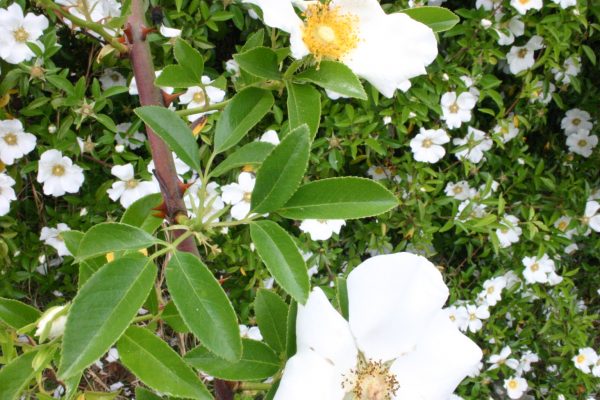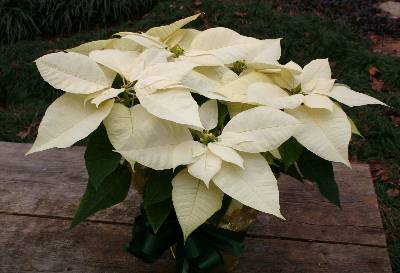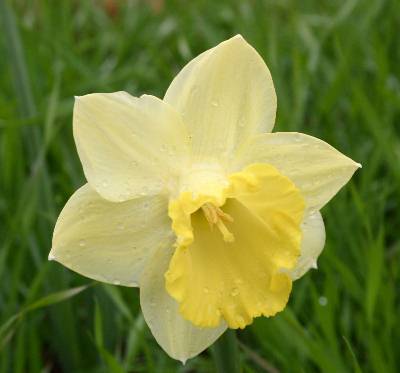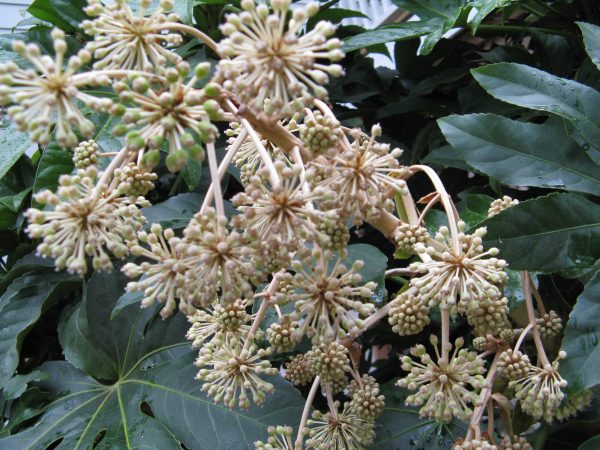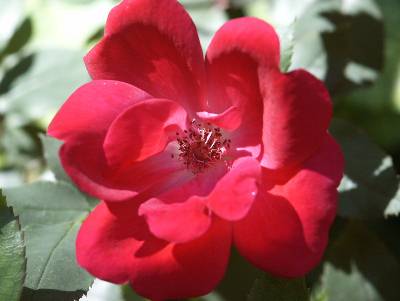St Augustine – Diseases
Q: My St. Augustine grass has pretty much disappeared since last year. What do you know about the SAD virus that might have caused this?
A: As you might be asked rural areas “You’re not from around here, are you?” St. Augustine decline (SAD) is a virus disease that is usually found in Arkansas, Louisiana, Mississippi, and Texas. Taft Eaker, manager of the UGA Plant Disease lab, says that it is virtually unknown in Georgia. The symptoms begin as a gradual yellowing of the grass blades and end with almost complete die-back within three years. The SAD virus is spread by mowing equipment, edgers and other tools. The only control is to plant a resistant variety of St. Augustine grass such as ‘Raleigh’.
As you can see, it is much more likely that conditions other than SAD caused your lawn problems. St. Augustine grass is susceptible to cold injury in severe winters but we haven’t had one of those in ages. Hard soil, drought injury, soggy soil and excess shade are much more likely culprits. If you want a definitive answer, you can submit a sample of your unhealthy (not dead) grass to the University of Georgia Extension office in your county for a free scientific diagnosis.
For more information on turfgrass diseases, there is an excellent collection of links at Penn State.
BROWN PATCH is most prevalent on St. Augustinegrass which has been heavily fertilized when night temperatures are above 68 degrees and day temperature are above 80 degrees. Dead patches of grass may start small but can grow and join together to make patches more than 3 feet apart. Sometimes, there will be a ring of brown, dead grass surrounding a patch of green grass. To control brown patch, fertilize St. Augustinegrass moderately in summer and if you irrigate, do it in very early morning. There are lawn fungicides available to control brown patch. Read the label carefully and use the rate and timing that is indicated.
Management plays the most important part in brown patch control. Don’t apply excessive nitrogen. Use only enough to maintain a reasonably green and attractive lawn. Water only when the soil is dry and then soak the soil to a depth of 5 to 7 inches. Water between 10 pm and 10 am.
Despite our best management practices brown patch may appear. Sometimes a fungicide may be needed to suppress the fungus growth and protect the grass from attack during periods when conditions favor disease development.
Remember that control and management of the disease are key. Don’t wait until you need a fungicide. Use fertilization, watering and mowing properly to avoid brown patch.
LAWN DISEASE ID
If you suspect that you may have a turfgrass disease, your sampling procedure is critical in order to get an accurate diagnosis. Go to the suspected disease area. Find where the live grass meets some dead grass. This is called the disease margin area. You need to cut a 4 X 4 inch square that has half dead grass and half live grass in it. Include the roots. Do not allow the sample to heat, do not allow the sample to dry out. Place in a paper bag or plastic bag which is not sealed. If you cannot bring the sample in the same day you cut it, it is best to refrigerate it. Take it to your local county Extension office. They would prefer to get the sample on Monday or Tuesday so that they can mail it to the plant disease lab without any delay in the mail. Results will be mailed to you in about 10 days.



